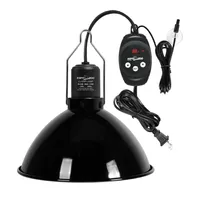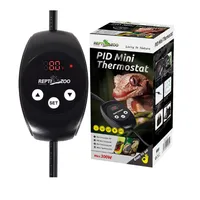How long can bearded dragons go without heat?
A vet answers, 'How long can bearded dragons go without heat?'
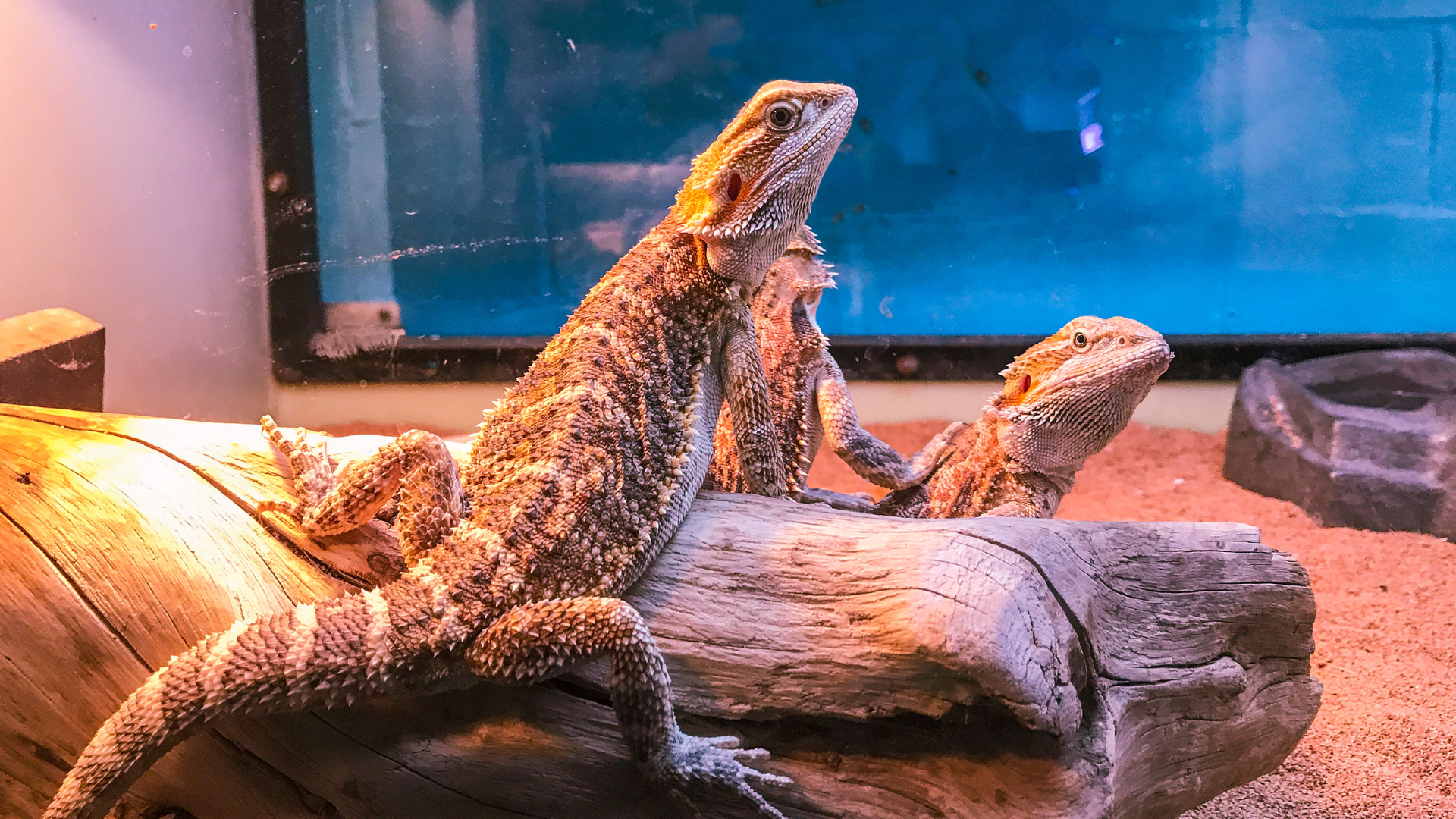
How long can bearded dragons go without heat? Since reptiles are cold-blooded animals, they rely on external sources to regulate their body temperature, like the sun or a heat lamp.
If you live with one of these beautiful creatures, you'll need to provide them with the correct bearded dragon care to ensure they live a happy and healthy life. Keeping their vivarium at the correct temperature is one of the most important things you can do — and there can be fatal consequences if you don't.
However, if you find yourself in the middle of a power cut, you might not have access to their lamps and be wondering what to do. Below, expert vet Dr. Rebecca MacMillan has answered all of your questions, like how long bearded dragons can survive without heat and how to keep them warm without a lamp. She's also revealed the best temperature to keep them at and why they need heat.
How long can a bearded dragon live without heat?
Bearded dragons can live up to 24 hours without heat, explains Dr. MacMillan. However, this is only possible if the temperature stays at around 65F.
She says: "If your bearded dragon becomes too cold, they will become inactive. Their digestion will slow down leading to dangerous bacterial overgrowth and they may become unresponsive."

How can I keep my bearded dragon warm without a heat lamp?
If you find yourself in a power cut and your bearded dragon's enclosure drops below 75F, you need to find other ways to keep them warm. Dr. MacMillan recommends the following ideas:
- Using heat packs
- Using hand warmers
- Putting hot water bottles near your lizard (cover the bottles and don't let them have direct contact)
- Wrapping them in a blanket and holding them close to you
- Putting them in the car with the heat turned on
To avoid problems with your heat lamp, make sure you always have a spare bulb on hand. However, if you do find yourself in trouble, Dr. MacMillan says: "Heat pads, radiant heat panels, and heat cables are all alternatives to heat lamps and it may be worth using one of these as a supplemental heat source in your enclosure, or as a backup if an issue with your heat lamp occurs."
Get the best advice, tips and top tech for your beloved Pets
REPTIZOO Reptile Light Fixture with Dimming Thermostat
This LED lamp will ensure your dragon is kept at the correct temperature all day long. It also comes with a thermostat where you can monitor and set the temperature at the click of a button. It has a constant control range of 68F to 122F.
Why do bearded dragons need heat?
Cold-blooded animals require external heat sources to warm up their bodies, explains Dr. MacMillan. Bearded dragons need to be basked (A.K.A exposed to heat and light) to help with digestion, metabolism, and blood circulation.
She says: "Blood delivers oxygen and nutrients to cells and takes away waste products. Heat and light are also needed to simulate a bearded dragon's natural environment. In the wild, they spend significant amounts of time basking in the sun, and they must be able to replicate this in captivity."
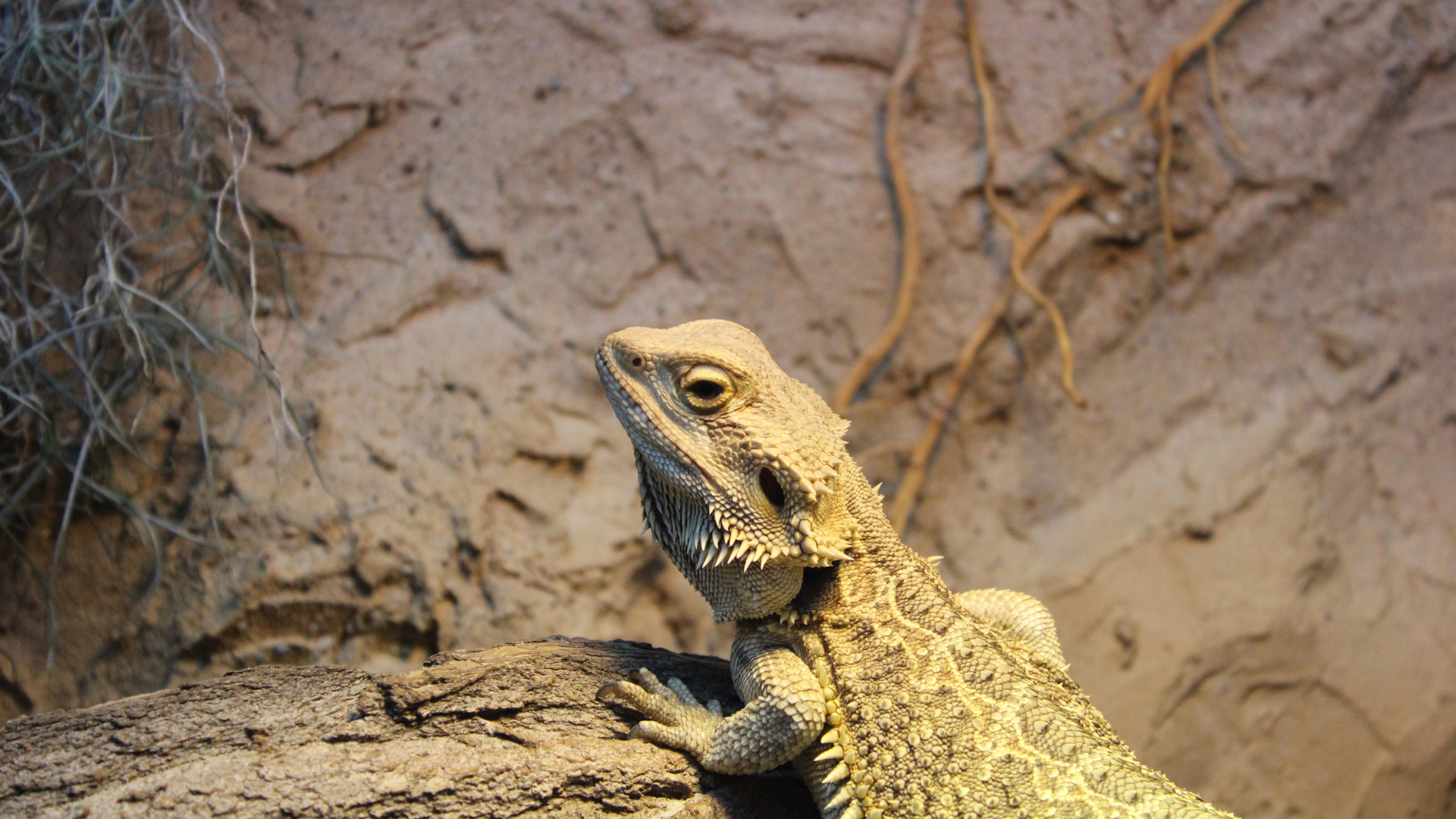
What temperature is best for bearded dragons?
If you've got an adult bearded dragon (18 months+), their basking area should be 90-93F, and the cooler area should be 80-90F. Younger dragons (3-17 months) burn more energy as they're still growing, so they'll need a slightly warmer climate of 95-105F for the basking area and 80-90F for the cooler area.
| Age | Basking area temperature (F) | Cooler area temperature (F) |
|---|---|---|
| Adults: 18 months+ | 90-93 | 80-90 |
| Juvenile: 3-17 months | 95-105 | 80-90 |
Dr. MacMillan warns that if the temperature gets too high or low, this can be fatal for your pet, so you should continuously monitor it with a thermostat.
She says: "In addition to this, a thermometer in the basking area and another in the cooler part of the enclosure is recommended to ensure the temperature gradient is correct. Check these regularly.
"You should factor in a heat drop overnight, to replicate what would happen in the bearded dragons' natural environment. As long as the temperature does not go below 59F, your lizard will be fine, as long as they can heat up again in the morning. If the temperature in your home is likely to drop below this then you will need to provide supplemental heating overnight, as long as it doesn’t emit any light."
REPTIZOO Reptile Dimming Thermostat Heat Lamp
This thermostat ensures your lizard's enclosure is always at the right temperature, and can be attached to heat lamps, heating mats, and heat cables. You can monitor the temperature on the LED screen and set it to the correct heat using the keypad.
For more bearded dragon advice, read: Enrichment for bearded dragons and best pet reptiles.
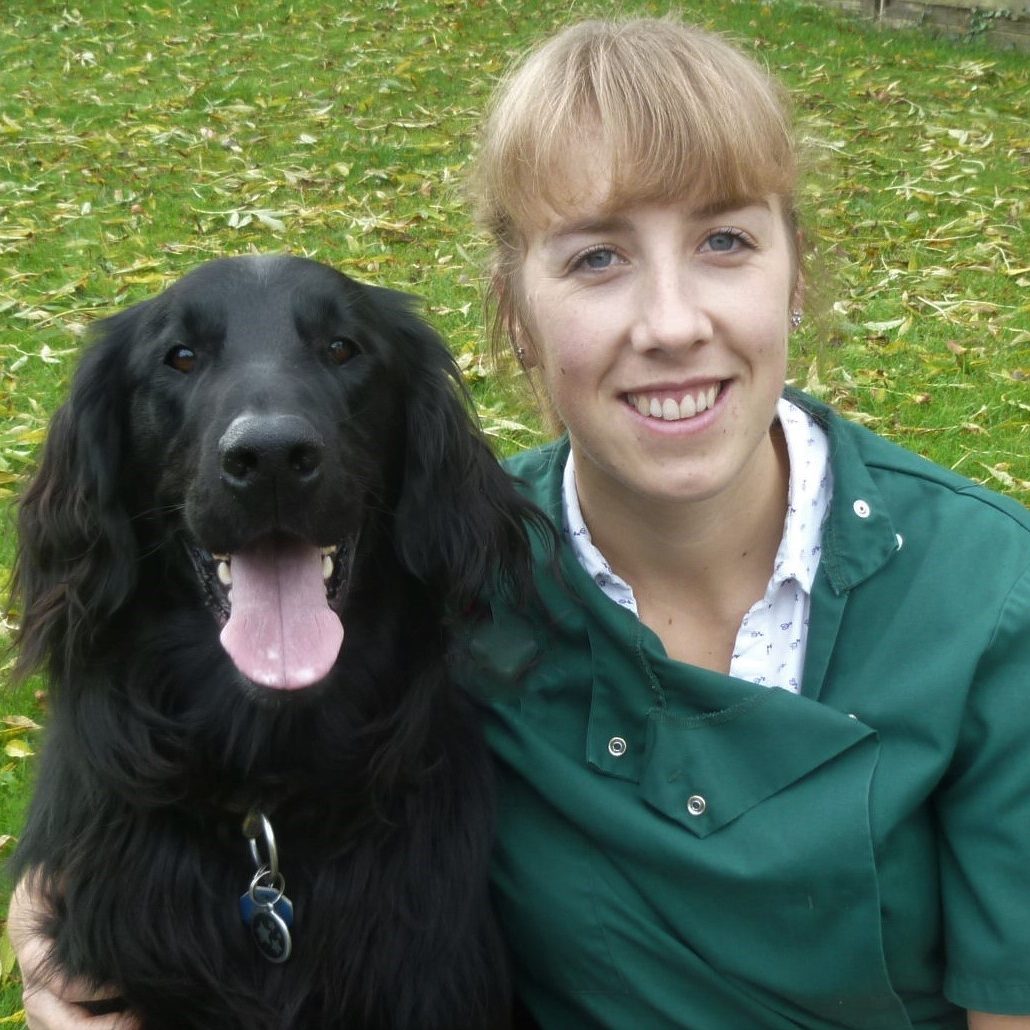
Rebecca is a vet surgeon who graduated in 2009 from the Royal Veterinary College in London. She has a wealth of experience in first opinion small animal practice, having done a mixture of day-to-day routine work, on-call emergency duties and managerial roles over the years. She enjoys medicine in particular and she is proud to have recently achieved a BSAVA postgraduate certificate in small animal medicine (with commendation). She writes on various feline and canine topics, including behavior, nutrition, and health. Outside of work and writing she enjoys walking her own dog, spending time with her young family and baking!

Megan is a Staff Writer at PetsRadar, covering features, reviews, deals, and buying guides. She has a wealth of experience caring for animals, having grown up with dogs, cats, horses, guinea pigs, and more throughout her life. She studied BA Journalism at the University of Westminster, where she specialized in lifestyle journalism and was editor of Smoke Radio’s lifestyle website. Megan works alongside qualified vets and accredited trainers to ensure you get the best advice possible. She is passionate about finding accurate and helpful answers to your pet-related questions.
